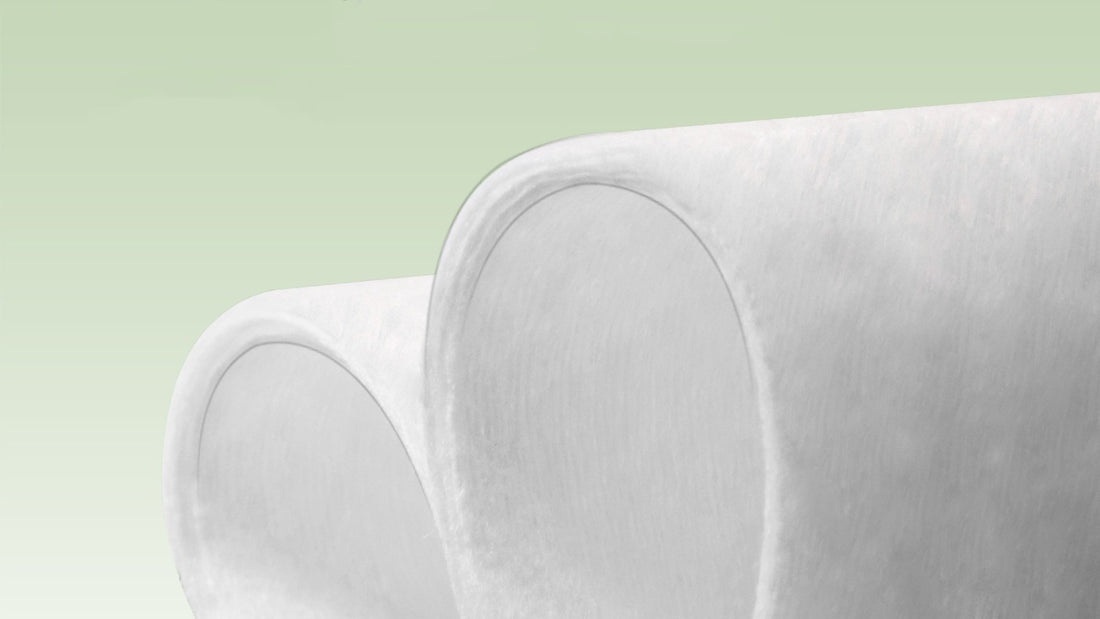When choosing the right fabric for your products, it’s important to understand the materials you’re working with. Spunlace non-woven and viscose are two popular choices, each offering unique properties and benefits. In this blog post, we’ll explain what each material is, highlight their key differences, and explore which one is best suited for different applications.
What is Spunlace Non-Woven?
Spunlace non-woven is a fabric made through a unique manufacturing process that involves entangling loose fibers with high-pressure water jets. This process creates a strong, soft, and durable fabric with isotropic properties (meaning it has the same strength in any direction).
Key Characteristics of Spunlace Non-Woven:
- Soft and Durable: Feels gentle against the skin but maintains strength.
- High Bulk & Drapability: The fabric has a full, plush feel and drapes easily.
- Stretchy & Flexible: Allows for movement and flexibility in various applications.
- Breathable: Offers good air circulation and comfort.
- Biodegradable (when using natural fibers): Environmentally friendly, especially if made with biodegradable fibers like cotton or wood pulp.
Common Uses:
- Personal Care Products: Wet wipes, facial tissues, and makeup removers.
- Medical Textiles: Sterile wipes, bandages, and surgical cloths.
- Household Items: Cleaning cloths, towels, and napkins.
What is Viscose?
Viscose is a type of regenerated fiber made from cellulose, the main component of plant cell walls. The cellulose is chemically treated to create a viscous liquid that is spun into fibers. Viscose is often called "artificial silk" because of its smooth, silky appearance and soft feel. It is made from natural plant materials like wood pulp (from beech, pine, or eucalyptus) or bamboo.
Key Characteristics of Viscose:
- Soft & Luxurious Feel: Smooth texture that mimics silk.
- Breathable & Lightweight: Ideal for warm-weather clothing.
- Highly Absorbent: Great at soaking up water and sweat.
- Drapes Well: Has a nice flow and movement, perfect for fashion textiles.
- Eco-Friendly (when sourced sustainably): Biodegradable if sourced from sustainably grown wood.
Common Uses:
- Fashion & Apparel: Blouses, dresses, and trousers.
- Home Textiles: Bed linens, curtains, and upholstery.
- Activewear: Lightweight workout clothes due to its moisture-absorbing properties.
Key Differences: Spunlace Non-Woven vs Viscose



